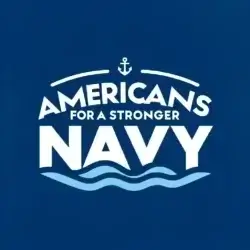
Introduction
The vast expanse of the Pacific Ocean may seem distant to many Americans, but the security and prosperity of our nation are inextricably linked to the intricate geopolitical currents thousands of miles away. As part of our “Charting the Course” series, this post explores why the Indo-Pacific—particularly the islands in and around the Philippines and the South China Sea—is a linchpin for American interests and why a strong U.S. Navy is essential.
A Brief History of the Region – Pre-Colonial Era:
The South China Sea was historically traversed by traders from China, India, Arabia, and Southeast Asia. Ancient maritime kingdoms like Srivijaya and Majapahit relied on its waters for commerce and influence. – Colonial Period: Spain colonized the Philippines in the 16th century, later replaced by the United States after the Spanish-American War in 1898. Western colonial powers mapped and administered many islands, including disputed features. – World War II: Japan used the region as a springboard for its Pacific conquests. The Philippines was a central battlefield and strategic objective. – Post-War and Cold War: The U.S. maintained bases in the Philippines (Subic Bay and Clark Air Base) to counter Soviet influence and guarantee maritime stability. – Modern Tensions: In 2016, the Permanent Court of Arbitration rejected China’s vast claims over the South China Sea—yet China has continued militarizing the area.
The Indo-Pacific: A Region of Vital Importance Trade Route Overlay – Maritime shipping lanes through the South China Sea)
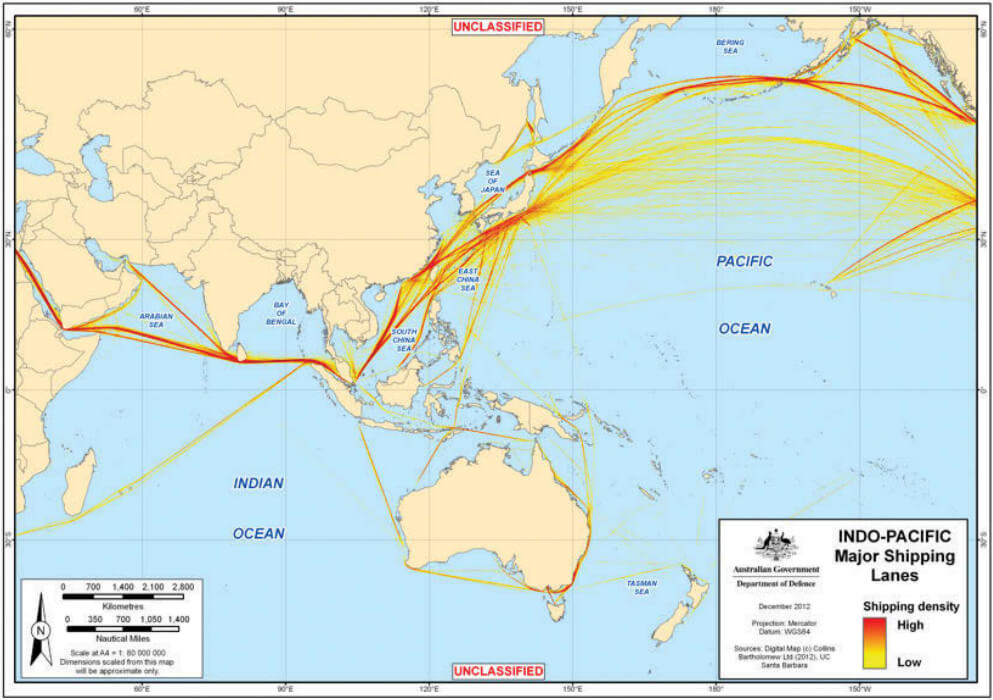
The map above highlights Southeast Asia, the Philippines, the Sulu Sea, and the contested Spratly Islands. Far from being remote specks on a globe, these are the crossroads of global commerce, strategic power, and vital resources.
Why This Region Matters – Global Economic Lifeline: Over half the world’s commercial shipping—including oil, gas, and manufactured goods—flows through Indo-Pacific sea lanes. Disruption means global economic instability. – Resource Richness: The South China Sea holds untapped oil, gas, and some of the richest fishing grounds on Earth. Control equals economic leverage. – Geostrategic Chokepoints: Straits like Malacca are arteries of global trade. Blockages would have ripple effects worldwide. – Territorial Disputes: China’s sweeping claims under its “nine-dash line” ignore international law and threaten stability.
Why Every American Should Care U.S. Navy Carrier Strike Group – Indo-Pacific deployment) – Your Wallet:
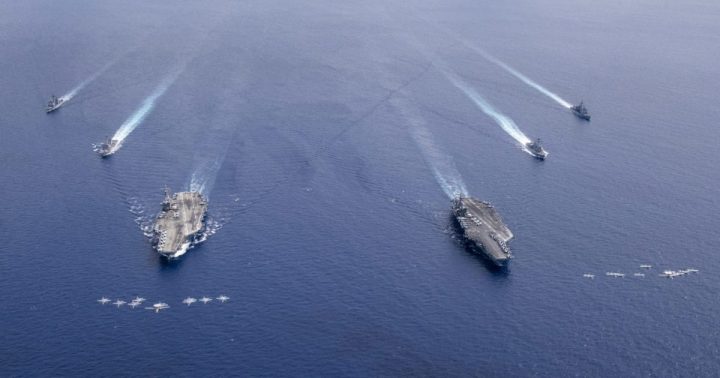
Disrupted shipping means rising prices—on everything from electronics to gasoline. – Your Security: The U.S. alliance with the Philippines is decades old. Honoring it deters aggression and upholds American credibility. – Our Values: Freedom of navigation and rule of law are at stake. China’s defiance of the 2016 arbitration ruling threatens global norms. – Countering Global Threats: U.S. naval presence helps deter piracy, illegal fishing, and extremism.
Understanding China’s Interests: Chinese Artificial Islands – Aerial military outposts on Fiery Cross Reef or Subi Reef) –
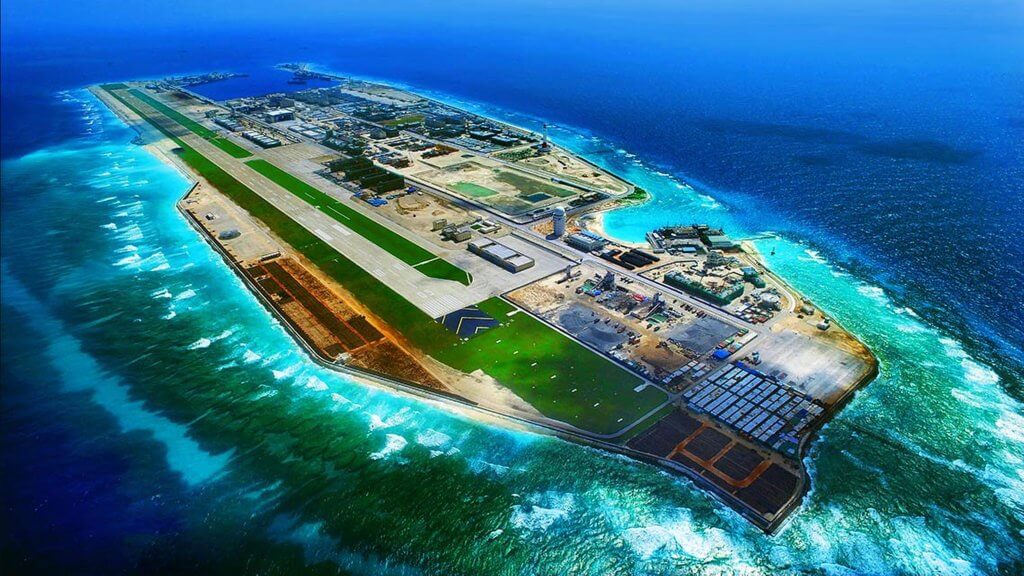
Sovereignty Claims: China insists on “indisputable sovereignty” over nearly all the South China Sea. – Economic Control: Energy reserves and fishing grounds are key to China’s survival and growth. – Strategic Depth: Artificial islands serve as military outposts, helping China create an Anti-Access/Area Denial (A2/AD) zone. – Regional Dominance: China aims to push out U.S. influence and replace it with its own.
The Indispensable Role of the U.S. Navy: Humanitarian Aid – U.S. Navy delivering disaster relief in the Philippines) – Guardians of Global Trade: Ensuring freedom of navigation is a core Navy mission. – Projecting Power and Deterrence: A visible, capable Navy deters conflict. – Supporting Allies: Exercises and operations with partners like the Philippines extend U.S. influence. – Responding to Crises: From disaster relief to piracy, the Navy leads with humanitarian action. – Upholding International Law: FONOPS challenge China’s excessive claims. – Logistics and Access: Bases in allied nations ensure global reach and readiness.
Regional Flashpoints & Hot Zones (Image Placeholder: Annotated Philippines Map – Highlighting Palawan, Sulu Sea, Spratlys, and Scarborough Shoal) – Scarborough Shoal: Site of repeated standoffs between Chinese and Philippine vessels. – Second Thomas Shoal:
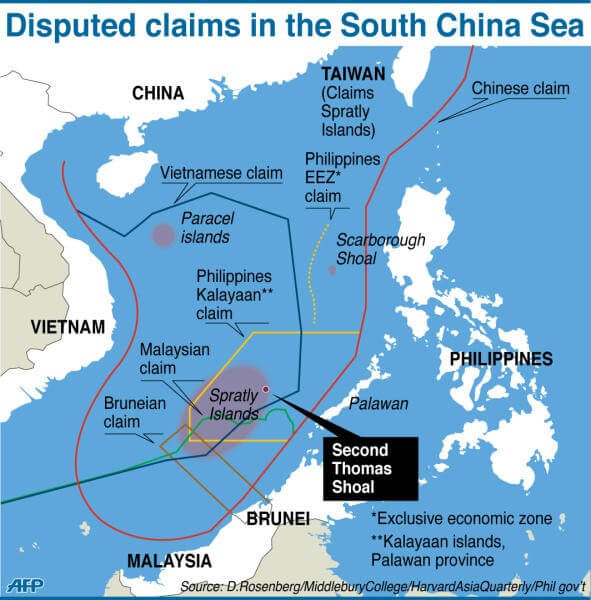
Philippine Navy outpost continually harassed by China. – Spratly Islands: Militarized by China; claimed by Philippines, Vietnam, Malaysia, and others. – Palawan: Launch point for Philippine patrols and likely U.S. logistics hub. – Sulu-Celebes Seas: Transit corridors threatened by piracy and terror networks.
Recent Developments Philippine Navy with U.S. Navy – Joint patrol or port visit in Palawan – China’s Harassment:
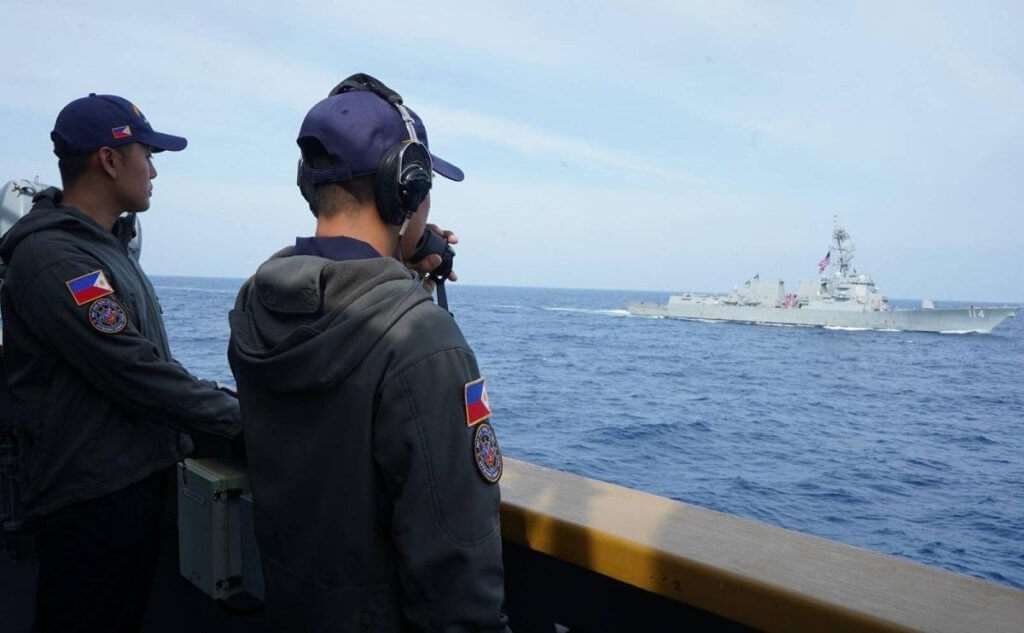
Philippine vessels have been targeted with water cannons. – Philippine Pushback: Manila is strengthening its Navy and deepening alliances. – U.S. Support: Building Navy facilities, co-hosting exercises, and providing missile systems.
Regional & Global Context: First Island Chain Map – Taiwan, Philippines, Japan highlighted) – First Island Chain: The Philippines is part of the geographic arc vital for deterring Chinese expansion. – Gray Zone Tactics: China uses militias and coast guards to pressure neighbors without direct war. – Environmental Damage: Artificial islands harm coral reefs and biodiversity. – U.S. Navy’s Shipbuilding Challenges: While China expands its fleet, America must overcome delays and cost overruns.
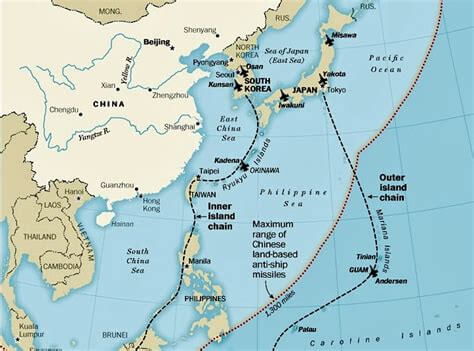
Conclusion: Why This Matters Now The Indo-Pacific is not a distant concern—it’s a frontline in the battle for economic freedom, rule of law, and strategic stability. The U.S. Navy is not just a military force; it’s a pillar of national and global resilience. Investing in its strength is not optional—it’s essential for charting America’s future course.
This region—stretching from the Spratly Islands to the Sulu Sea, from Palawan to Palau—is where alliances are tested, supply chains are secured, and adversaries are deterred. The Philippines and surrounding waters are more than a map—they’re a mission.
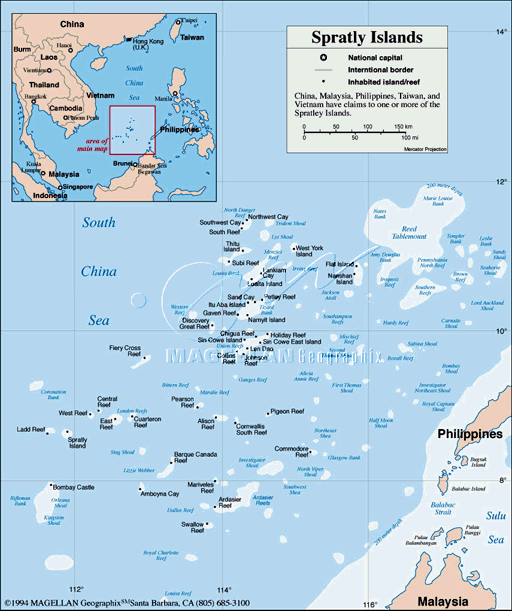
At Americans for a Stronger Navy, we don’t advocate fear—we advocate responsibility. We believe war is preventable, but only if America wakes up and acts.
That’s why we launched Charting the Course: Voices That Matter—a 24-part educational series breaking down how we got here, what went wrong, and what must happen next. Our goal is simple: educate the public, connect the dots, and build the support needed to close the readiness gap before it’s too late.

